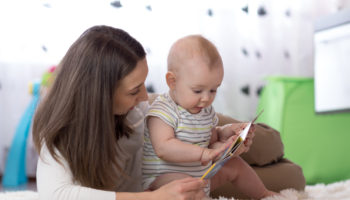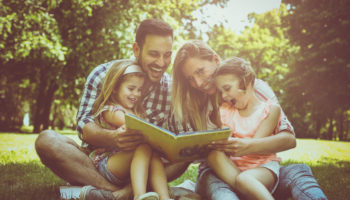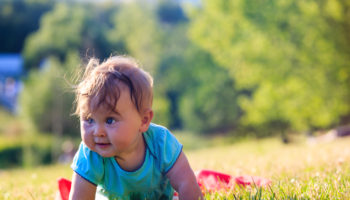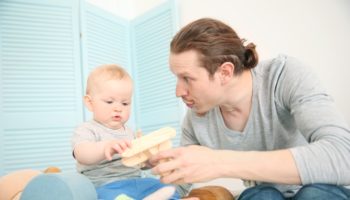Patricia Carroll
There are 3 basic things we should all know about safe sleep in child care. Always, always, always remember ABC.
- Alone
- Back
- Crib
All babies in child care (babies = any child under 12 months of age) should be placed:
- Alone in a crib. There should be nothing else in the crib. No blankets, no bibs, no pillows, no stuffed animals, nothing else. The baby alone. Each and every time they sleep.
- The baby should be placed wholly on their back. Not on their belly, not on their side, not half on their side. Not kind of on their back, but partly on their side so they roll over because we think they sleep better on their belly. No sleep positioning devices. Wholly and completely on their back. Each and every time they sleep.
- A baby in child care should sleep in a crib. Each and every time they fall asleep in child care. Not in a bouncy seat, not in a car seat, not in a swing, not on a boppy pillow, not in a stroller. If they fall asleep in any of these pieces of equipment, they should be moved to a crib. Each and every time they sleep.
It starts with ABC. But why is this so important?
There is so much we know about babies and one of the saddest statistics is that, according to the Center for Disease Control (CDC), in the year 2014 there were about 3,500 sudden unexpected infant deaths. When these were investigated, some were considered accidental suffocation or strangulation in bed, and some were considered to have no known cause. But they were all considered to be Sudden Unexpected Infant Death Syndrome (SUIDS). That’s 9 or 10 babies a day that we are losing in the US. SIDS is the leading cause of death in the US for children under one year of age.
Another sad statistic is that most sleep-related deaths in child care facilities occur in the first day or first week that an infant starts attending a child care program. This may be due to the baby being in a new environment with new people and in a new routine. But there is no clear evidence about why SIDS can happen so soon after a baby begins attending child care.
The information we do have about reducing the risk of SIDS includes much research about how and where babies should sleep. This is research that has taken place over the past 35 years, and research that has reduced the number of SIDS cases by 50%. So the good news is that we are keeping many babies in safe sleep environments and it is improving outcomes.
We all have our own ideas or ways of doing things. We can think, “I never did that with my baby, grand baby, niece or nephew.” Or, “My grandma always told me to do this with my baby. I always did this when I put my baby to bed.” Or, “I have worked with babies for 20 years and I never heard of that.”
Please use these safe sleep practices in infant classrooms in all child care centers. Do everything you can to keep babies safe every time they sleep.
The ABCs: Alone, Back, Crib.
Read more:
SIDS and Other Sleep-Related Infant Deaths: Updated 2016 Recommendations for a Safe Infant Sleeping Environment




